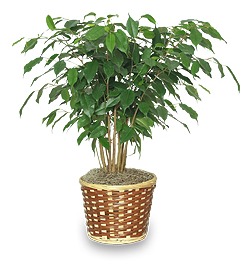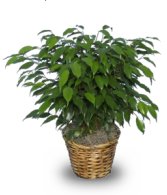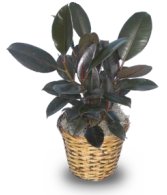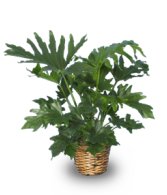Ask The Plant Expert:
Me again. I also have a Ficus Benjamina which has shed most of its leaves since I bought it 4-5 months ago. It was in my porch which gets good light most of the day, but there is no new leaf growth. I’ve pruned the bare branches back some as I was advised by the garden center, but it remains bare, any suggestions to get it growing again, I realize it’s winter and its slowing down, but there should be some sign of growth. – Matthew
Flower Shop Network Plant Expert Reply:
Ficus can be temperamental and will drop leaves for a variety of reasons. I once had a Ficus I named Truman. I let it get too cold and it dropped all of its leaves. I up the heat, gave it the proper amount of water, (moist, but not soggy) and waited about 6 weeks. It finally put out new leaves.
So, it is important to know why the leaves dropped in the first place.
- Loss of lower leaves is an indication that the plant needs to be pruned to allow light to reach the lower limbs.
- Dry/shriveled leaves are a result of low relative humidity or too much sunlight.
- Yellow leaves, or leaves that have red spot and drop off, are a result of too much water.
- Green leaf drop can be a result of ethylene exposure or low light stress.
Correct the problem that caused the leaves to drop, and give it time to recover. To ensure that the plant energy is not wasted prune out any dead stems.
If you plant has been over watered, make sure the plant can drain off excess moisture.
- If the air surrounding the plant has been too dry, misting the air every other day with lukewarm water.
- If the plant is not receiving enough light move it into an area with more light.
Once you have corrected the problem, the plant should make a full recovery.
Hope This Helps.


 Find Your
Find Your 









